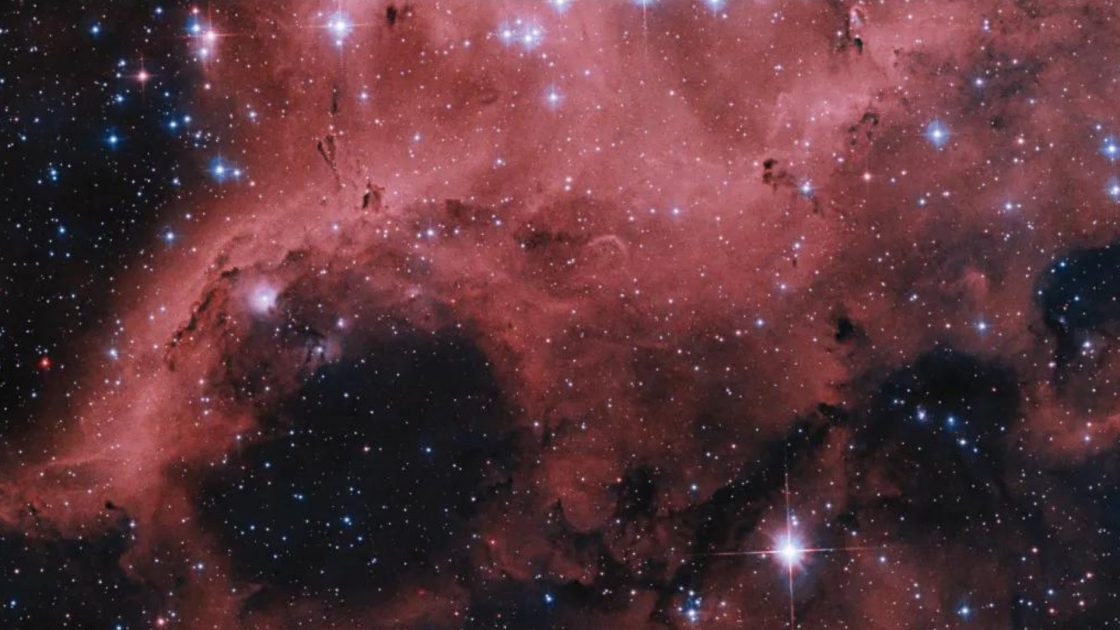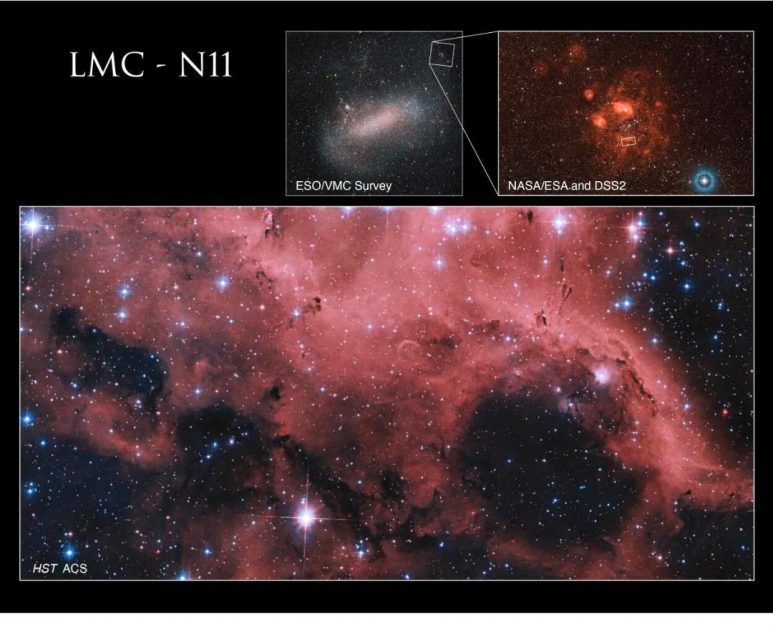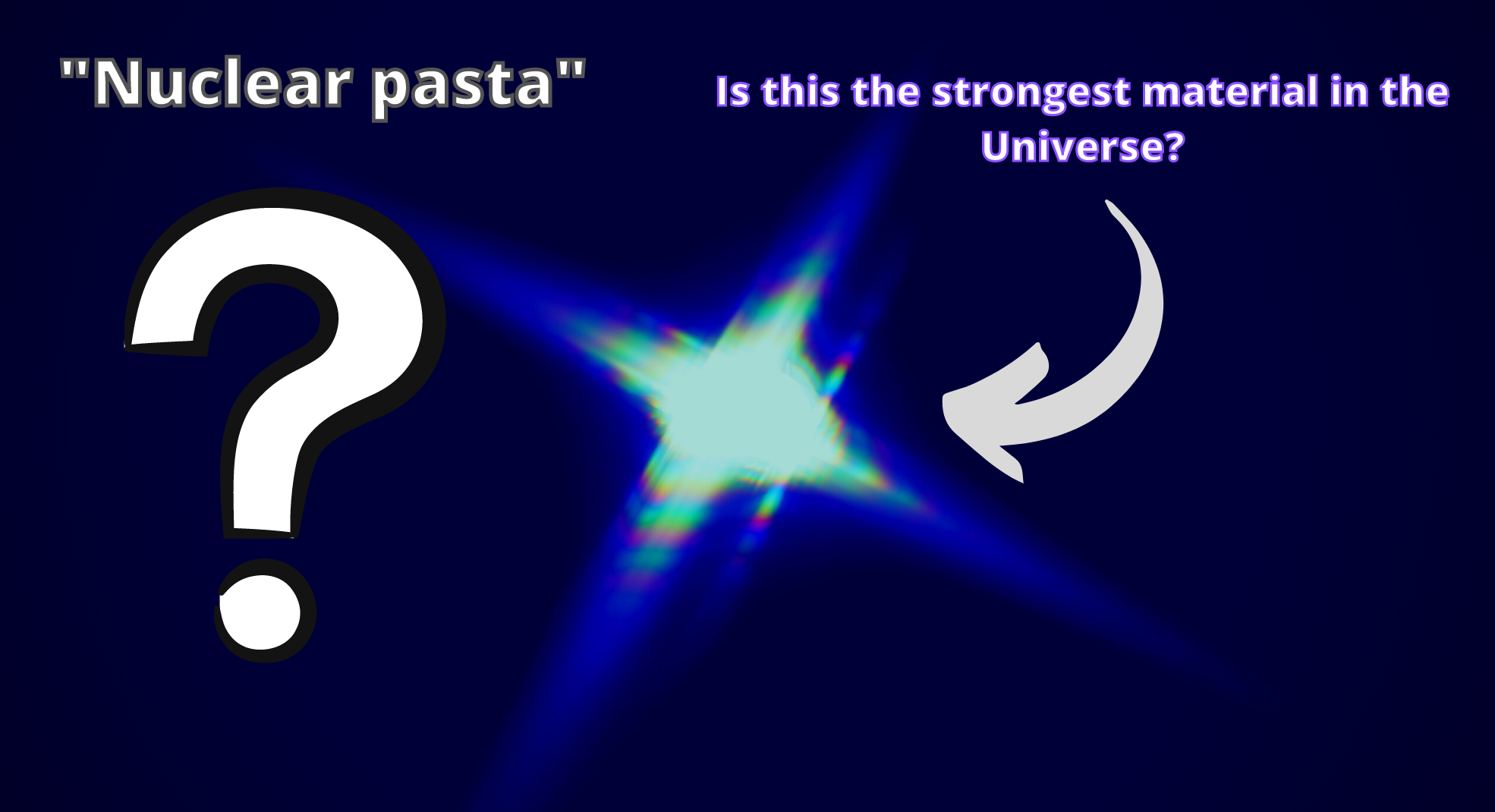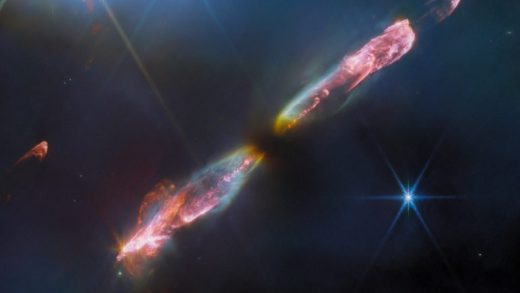Hubble continues to capture bright baby bubbles of stellar floss
The Hubble Space Telescope, since its 1990 launch, has provided us with stunning views of the cosmos, which include the bright baby bubbles of stellar floss in the N11 region of the Large Magellanic Cloud (LMC), a neighboring dwarf galaxy orbiting the Milky Way.
N11, officially catalogued as LHA 120-N 11, is a sprawling complex of gas clouds and star clusters located about 160,000 light-years away in the constellation Dorado. This complex of emission nebulae was first identified by American astronomer and NASA astronaut Karl Gordon Henize in 1956. NASA’s Hubble Space Telescope has recently captured a new image of this cluster, situated within the LMC.
The Large Magellanic Cloud is a fertile ground for star formation, and N11 stands out as its second-largest star-forming region. Extending over 1,000 light-years, this nebula’s glowing pink and red clouds of gas are reminiscent of puffy fairground candy floss.

This Hubble image shows a complex cluster of emission nebulae, nestled within the Large Magellanic Cloud. Image Credit: NASA, ESA, and J. M. Apellaniz (Centro de Astrobiologia (CSIC/INTA Inst. Nac. de Tec. Aero.); Image Processing: Gladys Kober (NASA/Catholic University of America)
These clouds are ionized by the intense radiation from a host of young, massive stars, casting the entire region in a distinctive cherry-pink hue. But it’s not just the color that draws astronomers’ attention; it’s the structure. N11 is filled with colossal bubbles – shells of gas and dust sculpted by successive generations of stars.
Star formation within N11 occurs in waves. Each new generation of stars forms farther from the center of the nebula than the last. The powerful stellar winds and explosive supernovae from these stars carve out cavities, creating the bubbles we observe today. These bubbles aren’t just empty spaces; they are the footprints of stellar evolution, where the remnants of dead stars mingle with the materials of new ones. It’s a cycle of creation and destruction, played out on a galactic scale.
Hubble’s Advanced Camera for Surveys has been instrumental in studying these phenomena. Repaired during NASA’s last service mission to Hubble in May 2009, this camera provides the high-resolution imagery necessary to dissect such complex regions.
The image of N11 is actually a mosaic of five different views, stitched together to offer a comprehensive look at this energetic star-forming area. These images allow us (astronomers) to trace complex interactions between stars and their environments, enhancing our understanding of stellar life cycles.
One particularly striking feature within N11 is the region known as N11A, located in the upper left of Hubble’s image. This compact and dense nebula, with its rose-like petals of gas and dust, is the site of the most recent burst of star formation within N11.
The hot, massive stars at its center illuminate these petals, creating a visual spectacle that underscores the dynamic processes at work. Nearby, the star cluster NGC 1761 can be found, where a group of young, massive stars emit intense ultraviolet radiation, further shaping the surrounding nebula.

This inset image shows where N11 is located within the Large Magellanic Cloud. Image Credit: NASA, ESA, J. M. Apellaniz (Centro de Astrobiologia (CSIC/INTA Inst. Nac. de Tec. Aero.), ESO VMC Survey, and DSS2; Image Processing: Gladys Kober (NASA/Catholic University of America)
The significance of Hubble’s observations of N11 extends beyond the aesthetic because studying these stellar nurseries provides crucial insights into the processes that govern star formation, the evolution of galaxies, and ultimately, the fate of the universe.
The Large Magellanic Cloud, despite being much smaller than the Milky Way, is one of the most active star-forming regions in our galactic neighborhood. Its proximity allows for detailed studies that can’t be conducted on more distant galaxies, therefore, is a key area of interest for astronomers.
Moreover, Hubble’s work in regions like N11 contributes to the broader narrative of cosmic evolution.
As mentioned earlier, the images and data collected from this nebula help refine our models of how stars and galaxies evolve over time. They reveal the wonderful balance of forces that drive star formation – the gravitational pull that gathers gas and dust, the radiation that heats and ionizes these materials, and the explosive forces that disperse them, making way for new stars to form.
In its over three decades of operation, Hubble has produced over 1.6 million observations, leading to more than 21,000 peer-reviewed scientific papers. These contributions have not only answered countless questions about our universe but have also raised new ones, challenging astronomers to look deeper, think broader, and imagine the unimaginable.
The bright baby bubbles of stellar floss captured in N11 perfectly illustrate Hubble’s enduring legacy as an observatory that, now in conjunction with the advanced James Webb Space Telescope, continues to expand our understanding of the cosmos while inspiring wonder and curiosity about the universe we inhabit.


